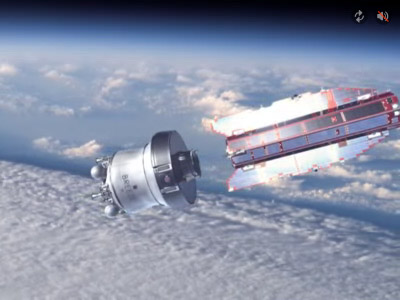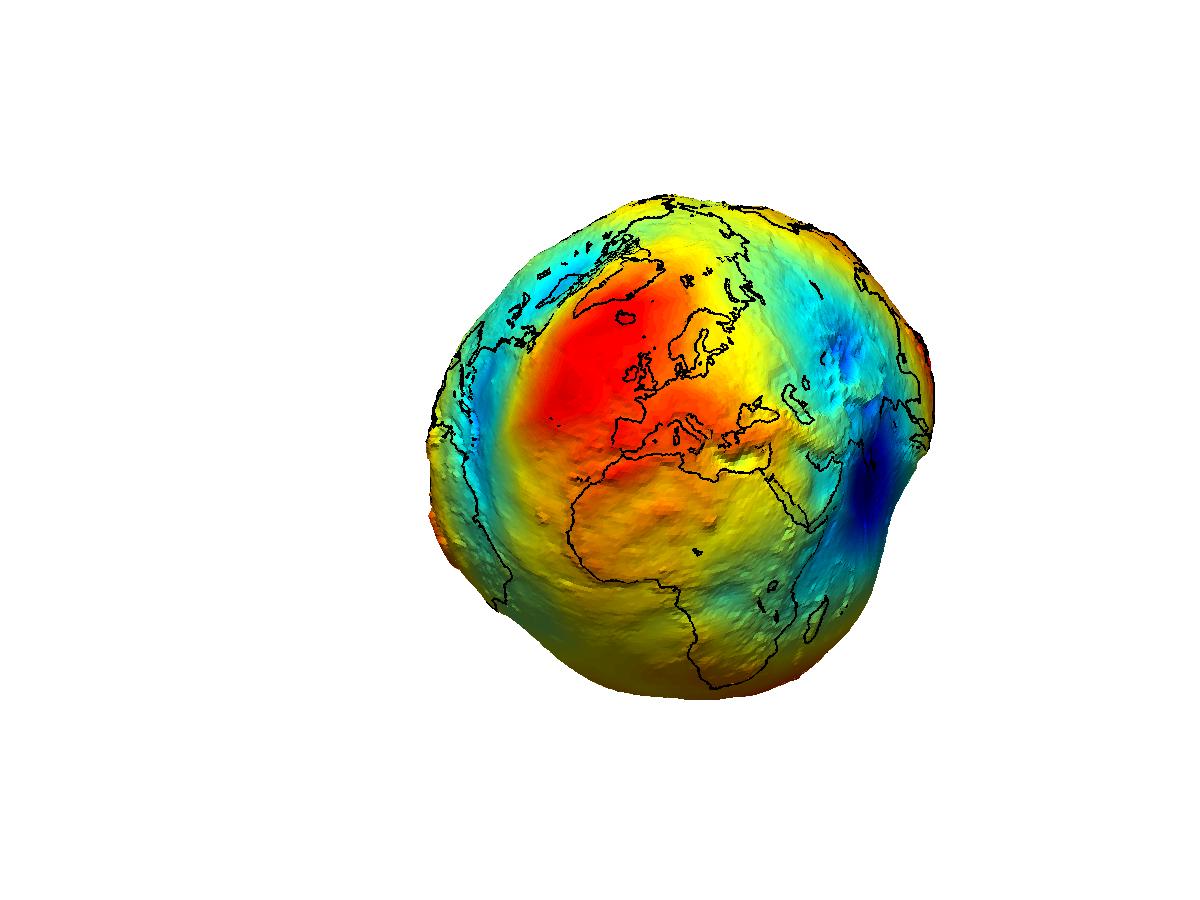ESA launches GOCE
17 March 2009
This afternoon, the GOCE satellite developed by ESA was launched into a near-Sun-synchronous, low Earth orbit by a Rockot launcher lifting off from the Plesetsk cosmodrome in northern Russia.
With this launch, a new chapter in the history of Earth observation in Europe has begun. GOCE is the first of a new family of ESA satellites designed to study our planet and its environment in order to enhance our knowledge and understanding of Earth-system processes and their evolution, to enable us to address the challenges of global climate change. In particular, GOCE will measure the minute differences in the Earth’s gravity field around the globe.

GOCE separation from Breeze-KM upper stage
226 - esa_animation
The Russian Rockot launcher lifted off at 15:21 CET (14:21 GMT) and flew northward over the Arctic. About 90 minutes later, after one orbital revolution and two Breeze-KM upper-stage burns, the 1052 kg spacecraft was successfully released into a circular polar orbit at 280 km altitude with 96.7º inclination to the Equator.
Contact with GOCE was established via ESA’s tracking station in Kiruna, Sweden, shortly after separation. The spacecraft is now under the control of ESA’s teams at its European Space Operations Centre in Darmstadt, Germany.
For 24 months, GOCE will collect three-dimensional gravity data all over the globe. The raw data will be processed on the ground to produce the most accurate map of the Earth’s gravitational field to date and to refine the geoid: the actual reference shape of our planet. Precise knowledge of the geoid, which can be considered as the surface of an ideal global ocean at rest, will play a very important role in further study of our planet, its oceans and atmosphere. It will serve as the reference model for our measurement and modelling of sea-level change, ocean circulation and polar ice cap dynamics.






